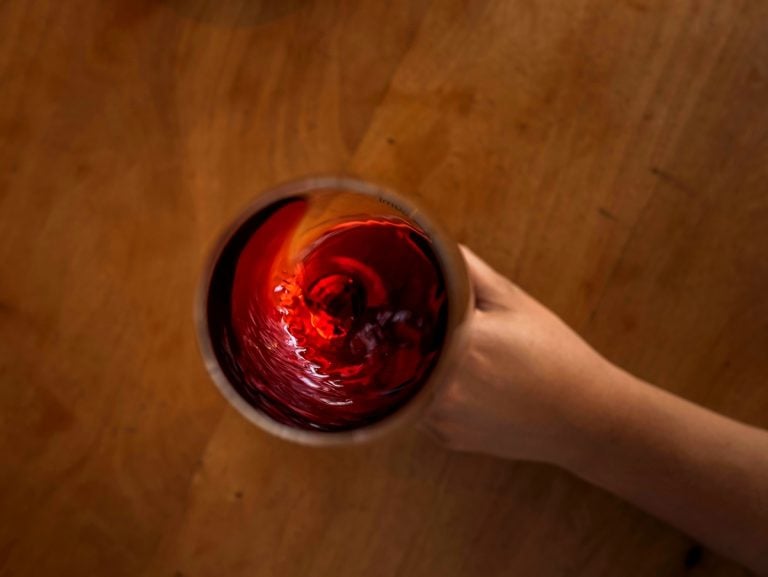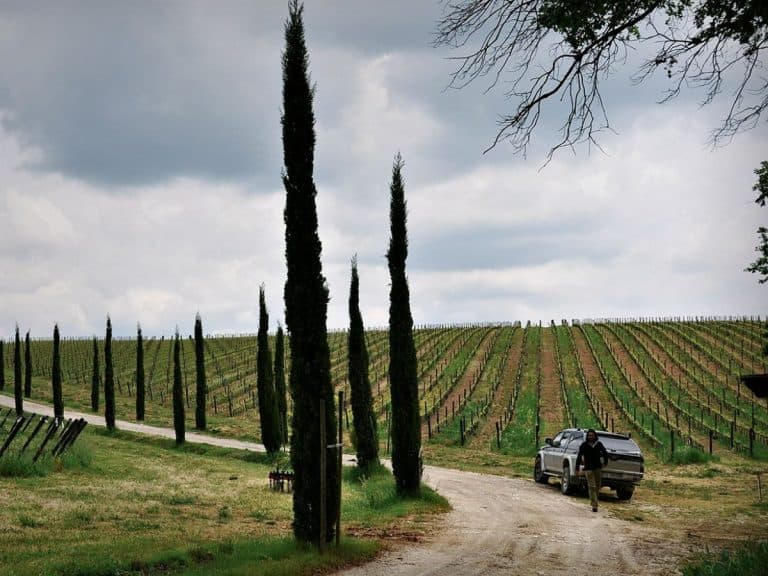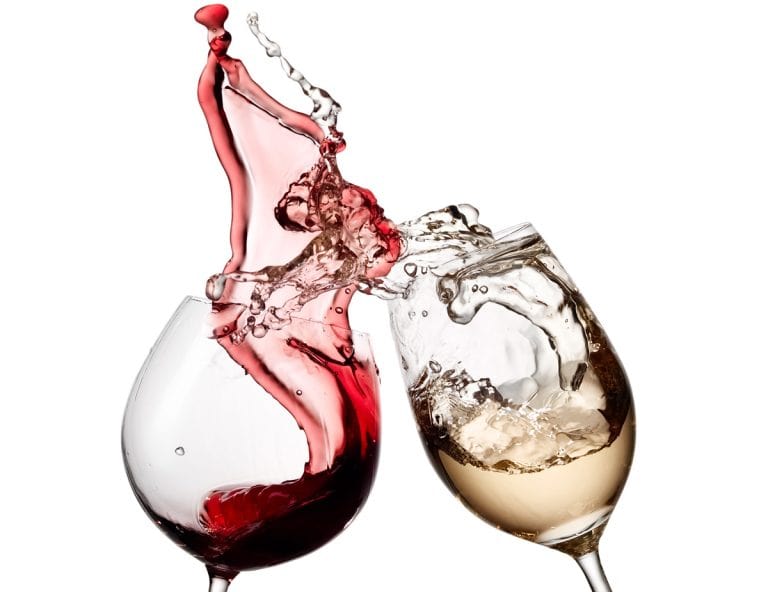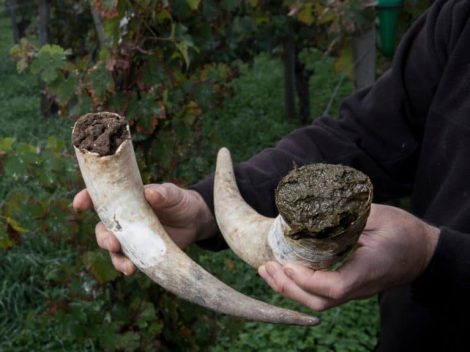Abruzzo is a deeply viticultural region, and wine production is an integral part of the regional economy. Many Abruzzo wineries participated in the selections for the Gambero Rosso Vini d'Italia 2024 guide, almost a hundred: unfortunately, we had to make quite significant cuts, almost 40%, despite a small increase in the number of entries, which had become necessary.
Here we focus on Cerasuolo, obtained from the vinification of pure Montepulciano grapes with short maceration, which we have already talked about elsewhere but reiterate as for us it is the wine of the future. The material power of Montepulciano is harnessed in light wines that, in the best versions, lose nothing of the grape's energy; on the contrary, they channel it in the right direction. Obviously, we are talking about the authentic versions, the most identity-driven.
Cerasuolo d'Abruzzo: mistakes to avoid
Speaking of identity, it is useless, and probably counterproductive, to denature Cerasuolo by reducing its color: a Cerasuolo should be "cerasuolo" in color; for pale rosés, onion skin-colored, in the Provencal style, there are other denominations, and not everyone must necessarily produce everything, just to complete the range and please the market. Furthermore, too often we have found Cerasuolo that smells like candy stores: perhaps leaving Montepulciano a little more unrestrained, at least in this type, would be more appreciated.
The best Cerasuolo d'Abruzzo with the best quality-price ratio
Here are the best Cerasuolo d'Abruzzo among those awarded with Tre Bicchieri or Due Bicchieri Rossi, having reached the finals during the tastings for the Gambero Rosso Vini d'Italia 2024 guide and which you can buy for less than 20 euros in wine shops or online shops.
In Cerasuolo, Villa Gemma by Masciarelli, which won Tre Bicchieri 2024, stands out for the olfactory sensations of currant and pomegranate. They merge with floral nuances of rose and a slightly spicy touch before diving into a clear, precise sip, with great tension. The company has made history in Abruzzo viticulture and, since 1981, continues to be a reference point, thanks to the skilled management of Marina Cvetic, now also supported by her daughter Miriam. The winery's vineyard park winds through the four Abruzzo provinces: from territories near the Adriatic, to the foothills of Gran Sasso. The house style is evolving towards a more contemporary breath, especially concerning the great selections.
Cerasuolo d'Abruzzo Giusi by Tenuta Terraviva, which won Tre Bicchieri 2024, is a wine with mineral charm, with a vaguely pyritic touch that joins the citrusy lashings of chinotto, that smoky and iodized hint that reverberates in notes of currant and raspberry has really won us over. The company's 22 hectares of vineyards are arranged in a sort of theater that overlooks the nearby Adriatic Sea. We are in Tortoreto, in the Teramane hills. Here Pina Marano and her husband Pietro Topi, currently supported by the energetic Federica, their daughter, run the company founded in the 1960s: since 2006, as soon as they took over the helm, they have focused first on organic and today on biodynamic, reshaping stylistically their entire offer with vinifications with gently artisanal traits.
Cerasuolo Baldovino by Tenuta I Fauri has a special charm with smoky hints, currants, spices, and incense. In the mouth, it convinces with the usual tasty and juicy drinkability. The name of this company from Ari is increasingly on everyone's lips. The credit goes undoubtedly to Valentina and Luigi di Camillo; the former increasingly active and vital in promoting the production of wines signed by her brother. Montepulciano, Pecorino, Trebbiano, and Passerina grapes, coming from plots scattered over different municipalities of the Teatine Hills, turn into recognizable, lively wines, with great expressiveness.
Cerasuolo Fonte Cupa by Camillo Montori, awarded on Berebene 2024 by Gambero Rosso for the best quality/price ratio in Abruzzo, presents a very Mediterranean bouquet, salty, played on sensations of aromatic herbs that whip a crunchy and well-defined red fruit. Mineral and sapid, these are the two directions through which the sip develops, punctuated by a subtle, tantalizing, tannic texture. The company in Controguerra can count on about fifty hectares of vineyards, among the historical brands of the Abruzzo wine world. Among the rows, there are the great classics of the region, Montepulciano and Trebbiano, accompanied by Pecorino and Passerina, but also by international grapes. The style finds the right compromise between tradition and modern vision, a philosophy that materializes in the Fontecupa line, which gathers the most ambitious labels.
The 2002 Malandrino by Cataldi Madonna is a genuine Cerasuolo, pulpy without being sweet, characterized by notes of graphite and a finish on crunchy fruit. Ofena has always been the stage where the Cataldi Madonna family's wine epic takes place. The activity began in 1920 and today, leading the company, we find the fourth generation: the young Giulia, as explosive as she is competent, has taken over the reins from Luigi, her father. The philosophy, however, has not changed: the goal is to exploit the 30 hectares of vineyard, cultivated organically between 320 and 440 meters above sea level, to create Trebbiano, Pecorino, and Montepulciano capable of restoring the identity of the grapes and the territory.
Cerasuolo d'Abruzzo Sassello 2022 by Adele De Antoniis offers toasted traits that blend with small red berries, with a sip paced by tannin and veined with pleasant sapidity. This small reality in Sant'Omero, in the extreme north of the region, right on the border with the Marche, can count on a seven-hectare vineyard that provides the raw material for a range of increasingly focused labels.


 Christmas Eve dinner and Christmas Day lunch: festive traditions rooted in Solstice feasts
Christmas Eve dinner and Christmas Day lunch: festive traditions rooted in Solstice feasts George Washington had his secret recipe: here’s how Eggnog made a comeback in Europe
George Washington had his secret recipe: here’s how Eggnog made a comeback in Europe Historical breakthrough: Italy will also produce dealcoholised wines. Lollobrigida signs the decree
Historical breakthrough: Italy will also produce dealcoholised wines. Lollobrigida signs the decree If you say Syrah, you say Cortona. The story of Stefano Amerighi and other Tuscan producers
If you say Syrah, you say Cortona. The story of Stefano Amerighi and other Tuscan producers The Game (and the misunderstanding) of dealcoholised wines: even an expert critic can be fooled at first sip
The Game (and the misunderstanding) of dealcoholised wines: even an expert critic can be fooled at first sip







